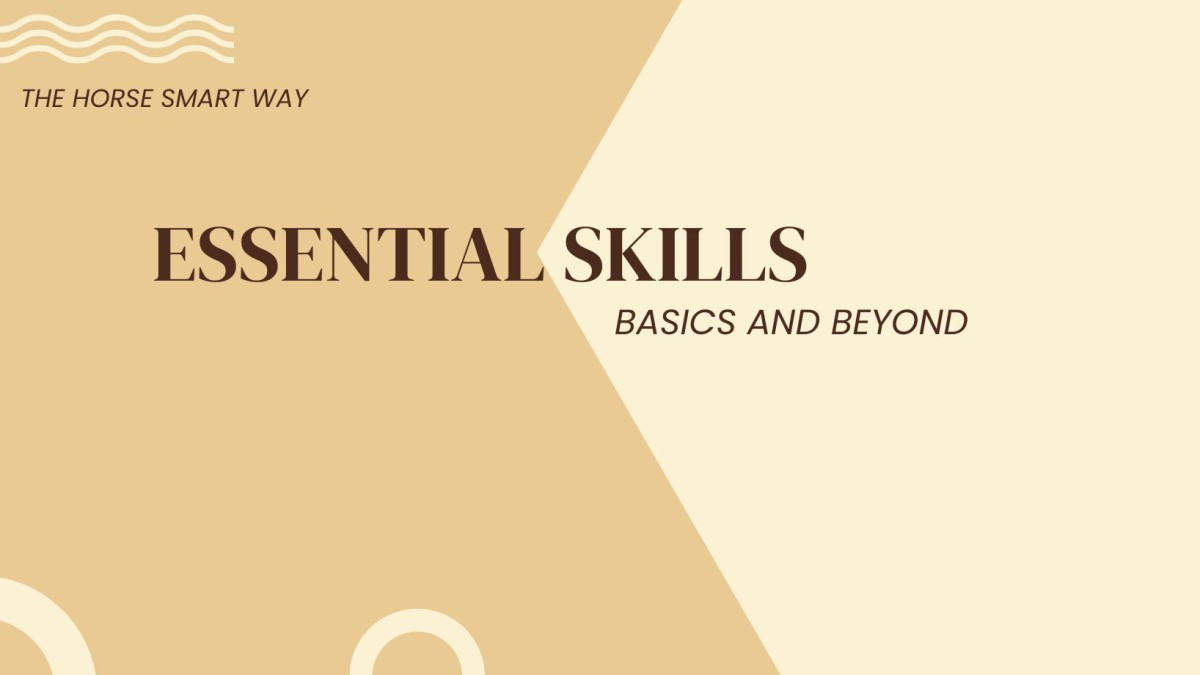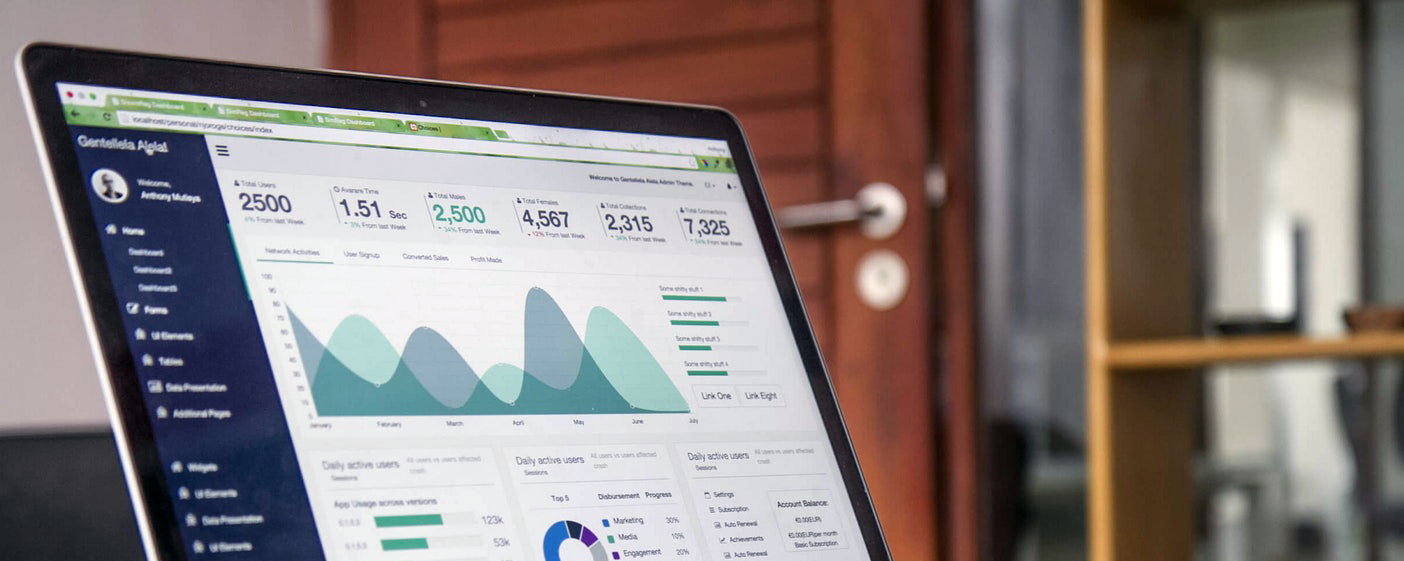COACHING PERSPECTIVES & SUCCESS STRATEGIES
Avoid Training Frustrations and Fails - Part 2

Get the most benefit from your trainer choice, be prepared for a learning experience, be available to practice, be prepared to focus and win.
Avoid Training Frustrations and Fails: Part 2
How to Get the Most from Your Hire-a-Trainer Experience
Last month, I talked about preparing for a successful hire-a-trainer experience by properly assessing your horse’s history and your abilities as a rider. Now, we’ll consider your role in getting the most benefit from your choice of trainer.
An important part of the equation is picking a trainer who understands what you want from your relationship with your horse. Whether your goal is trail riding, jumping, western performance, or speed events, find out what a trainer’s specialty is and narrow your selection accordingly. All trainers are not the same—and they don’t just train horses. Your trainer should be preparing your horse for you. This includes considering your skill level, confidence, and personal goals.
That being said, let’s continue with your role while your horse is in training—or, what I prefer to call being “in development.”
Be Prepared for a Learning Experience
First of all, be prepared to learn. Keep notes, read, watch training DVDs, and get physically fit so that you’re capable of replicating what your trainer has taught your horse. Ask your trainer for suggested materials based on the system they are using.
I’ve heard it said that you have to be mentally, emotionally, and physically fit enough to ride—to be fair to your horse.
- Mentally, you need to understand the training system.
- Emotionally, you must remain calm in a crisis.
- Physically, you need to be able to execute the appropriate movements to keep yourself safe and support your horse through moments of fear or confusion. And those moments will arise.
Make Time to Practice
Secondly, you must be available to practice. Your trainer can set you up with routines and skills that you should begin learning while your horse is still at the training stable.
Everything you do with your horse either builds or diminishes its confidence and willingness to cooperate. Doing the simple things with excellence, and doing them the same way your trainer does, builds a solid foundation. This makes it far easier to maintain your horse’s training once you're home.
If you're a less experienced rider, you may even benefit from lessons on a steady schoolmaster to improve your skills. Don’t assume that watching training sessions is enough to replicate what you see when you’re back on your own.
Trust the Process
Thirdly, understand that the process of reaching your goal—“just riding and enjoying my horse”—doesn’t look anything like the end product. Your trainer should help you establish a daily routine that sets you up for success at home.
Everything has a routine because routines are what your horse relies on to feel safe.
Know the “Right Thing” to Do—and When
Finally, know what the “right thing” is and how to do it. These are the skills your trainer should teach you based on your horse’s behaviour patterns. It’s your responsibility to get good at reading situations, recognizing when to apply a technique, and following through—before taking your horse home.
There’s nothing wrong with practicing dismounts until you can bend, stop, and dismount from a canter, for example. As this skill becomes second nature to you, your horse will learn to count on you to bring calmness to a tense moment. Over time, your horse may begin to relax at the first cue—like a bend—making dismounting unnecessary.
In Summary
To summarize: be prepared to focus on acquiring a riding education through learning, practicing, and applying a consistent system—every ride, every time. With this commitment, your hire-a-trainer experience will give you the best possible results and keep you moving steadily toward your goal.
Next time, I’ll give you some ideas about staying progressive at home.
 Brenda Robson
Brenda Robson 
